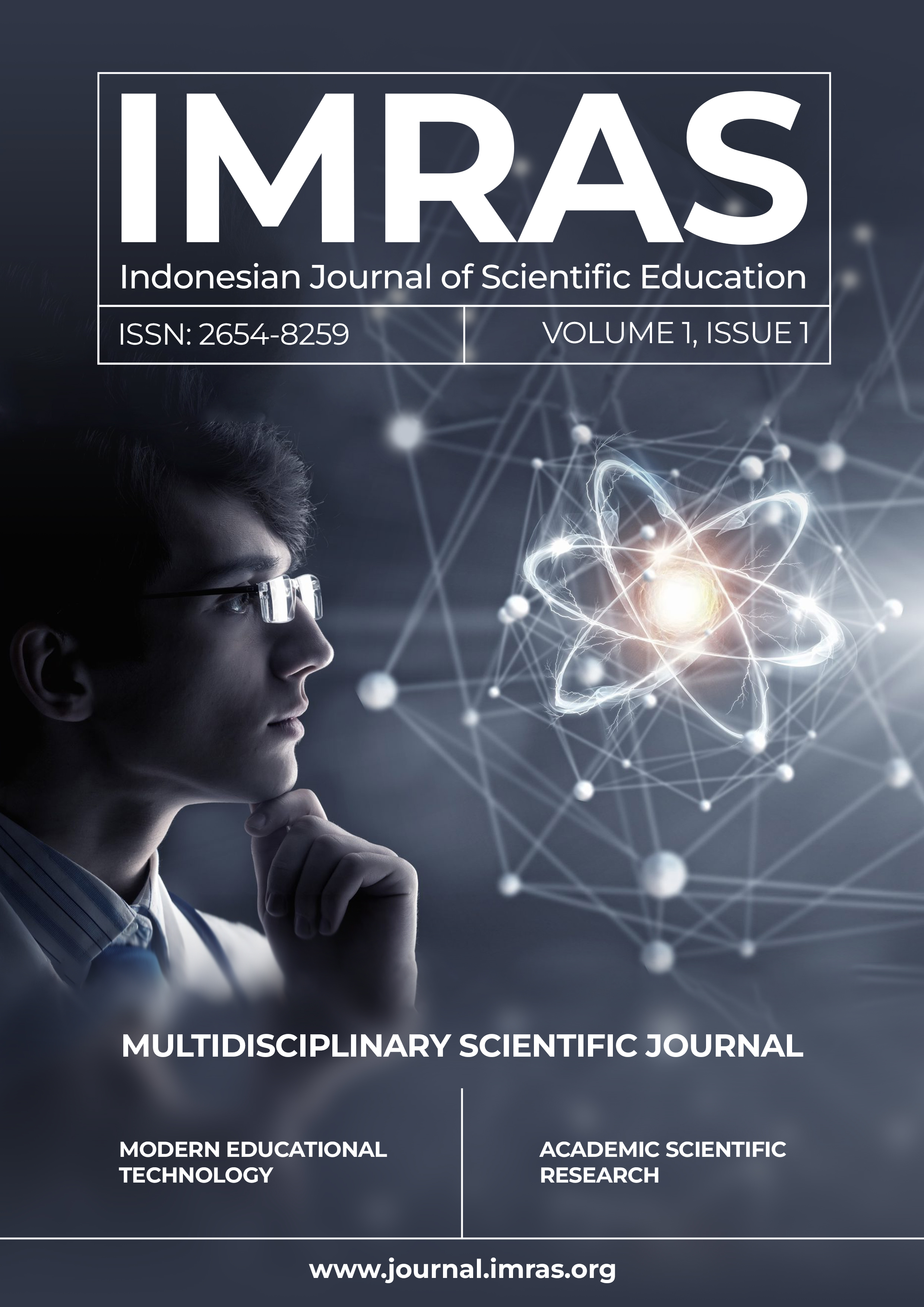THE IMPORTANCE OF ACHIEVING SEMANTIC AND STYLISTIC IDENTITY OF IDIOMS IN TRANSLATION
Keywords:
Idioms, translation, semantic identity, stylistic identity, equivalence, linguistic challenges, cross-cultural communication, translation strategies, cultural adaptation, figurative languageAbstract
This article explores the significance of achieving semantic and stylistic identity in the translation of idioms, a crucial aspect of cross-linguistic communication. The study examines the challenges faced by translators, the strategies employed to retain the essence of idiomatic expressions, and the impact of cultural and contextual factors on translation accuracy. The research highlights the necessity of preserving both meaning and stylistic nuances to ensure fidelity and effectiveness in translation. Various theoretical frameworks and practical examples are discussed to underscore the importance of idiom equivalence in different languages. The study also provides an analysis of idiom translation in literary works, media, and professional discourse, demonstrating the varying levels of complexity involved.
References
Baker, M. (2018). In Other Words: A Coursebook on Translation. Routledge.
Newmark, P. (1988). A Textbook of Translation. Prentice Hall.
Nida, E. A., & Taber, C. R. (1969). The Theory and Practice of Translation. Brill.
Venuti, L. (2012). The Translator’s Invisibility: A History of Translation. Routledge.
Vinay, J.-P., & Darbelnet, J. (1995). Comparative Stylistics of French and English: A Methodology for Translation

